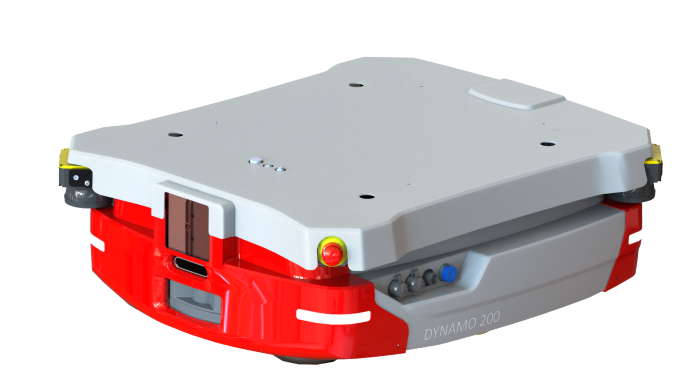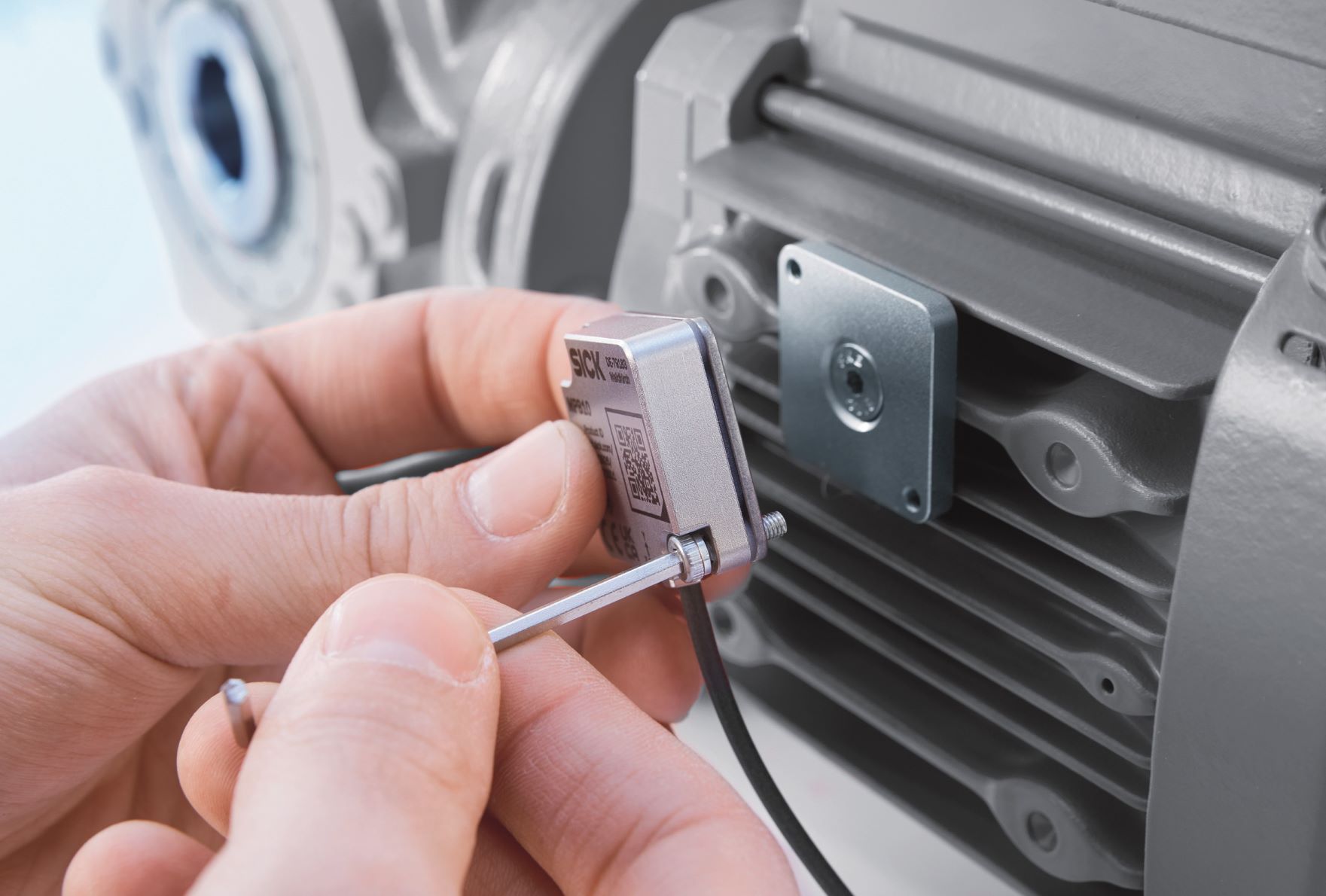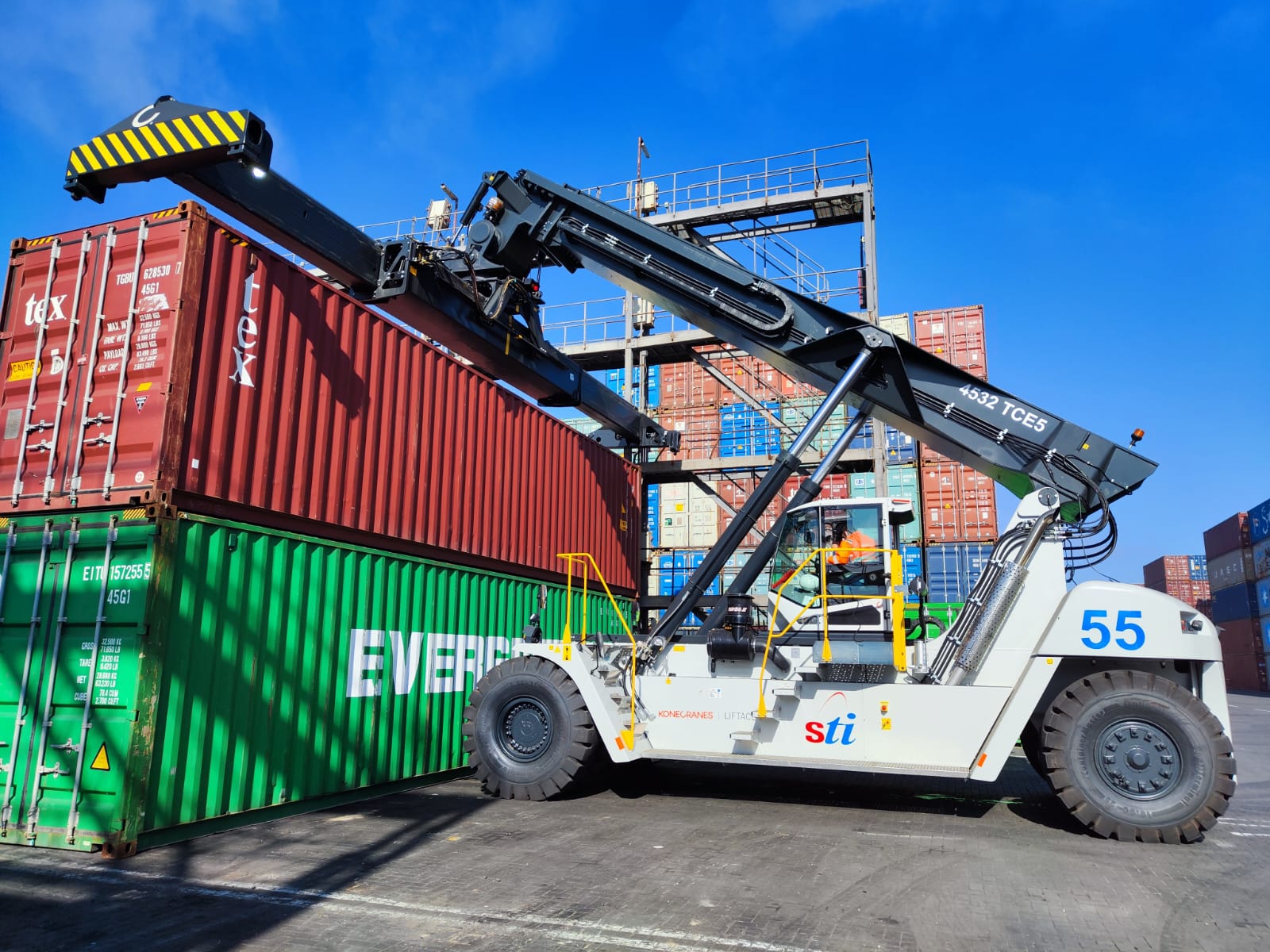With rising shipping volumes and continued expansion of the product range, Bergzeit GmbH based in Otterfing, Bavaria, is tackling its steady rise with logistical know-how by expanding its warehouse and shipping capacities. This leading online supplier of mountain sports equipment, part of the South Tyrolean Sportler AG, has commissioned Fortna with developing the logistics concept together with implementation support.
A high-performance shuttle warehouse is at the core of the new processing system, which was integrated during ongoing operations, and features more than 57,000 new bin locations and an intelligent batch picking system. The new ergonomic goods-to-person workstations also ensure optimised workflows. The new systems were integrated during ongoing operations and were successfully put into operation in September 2022, notwithstanding the various negative factors affecting the logistics industry at present.
Founded over 20 years ago, Bergzeit has established itself as the leading online supplier of mountain sports equipment. More than two million customers can choose from a range of over 40,000 articles from over 500 brands. Two stores in the south of Munich complement the successful web shop. In 2017, a new building in Otterfing housed the administration and logistics functions, with the support of Fortna already in place.
Increased capacity for Bergzeit
“We had been steadily growing for years, and in the meantime had reached our limits in terms of logistics capacity. On top of that, since the COVID pandemic, many people have shifted their sporting activities to the outdoors,” explains Holger Cecco-Stark, Head of Projects & CSR, Bergzeit. “We needed a sustainable solution for the resulting increase in shipping volume and stock. Fortna had already taken our future requirements into account in the 2017 design concept, which was the best reason for us to start the new expansion phase with our tried-and-tested team in place.”
The available property for the Bergzeit company headquarters had already been utilised to the maximum for the new building in 2017. As anticipated five years ago, it was therefore now necessary to create additional capacity within the existing building in the current project phase. With a growth forecast up to 2025 as a projection, the Fortna team developed a phased solution for the integration of a compact shuttle warehouse with up to 3,000 double cycles/hour, capable of processing 800 shipments/hour.
Over the course of the project, the excellent cooperation and exchange with the Otterfinger community deserve particular mention. “Together, we achieved a perfect balance between capacity and dynamic performance, allowing the available space of 2,000 sq m to be used to its full height. With over 57,000 additional bin locations in the shuttle warehouse, Bergzeit has doubled the total capacity in the warehouse and will remain competitive in the long term,” says Project Manager Andreas Spitzki, Senior Manager, Fortna.
More effective shipping
Fortna has designed a goods-to-person order picking solution for more efficient shipping. The solution considers the individual requirements of each order type (single item or multiline orders, different sized cartons as well as shipment in bags). It enables powerful sequencing and ensures, where possible, the consolidation of a wide range of different items such as textiles, hard goods and bulky goods.
Items are picked into containers and then transported to new ergonomic workstations via a conveyor loop. They are scanned and distributed to as many as 21 different destinations to make up the shipment. On account of the many different types of shipments processed manually, the ergonomic adjustability of work areas is paramount for the individual set-up of workstations and employees’ occupational health. The experts from Fortna were key brainstorming partners for Bergzeit in terms of processes, from the initial concept and the drawings in 3D to the test setup and the implementation of the new workstations.
“Creating additional capacity and making the most of the existing potential was our top priority,” concludes Holger Cecco-Stark. “Together with Fortna, we have ensured that our new logistics operations enable us to adapt flexibly to ever-changing demands and are in the best possible position for future growth.”











